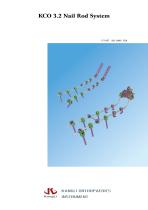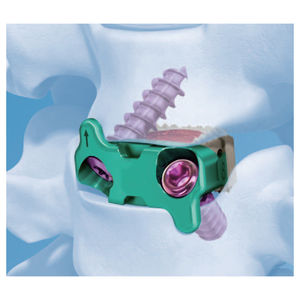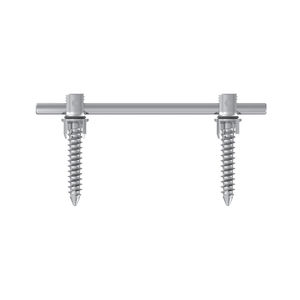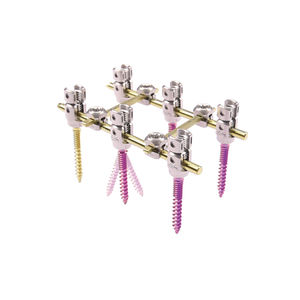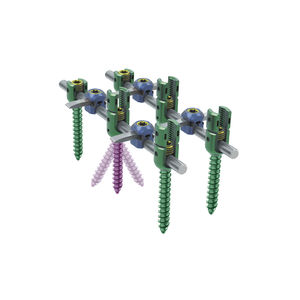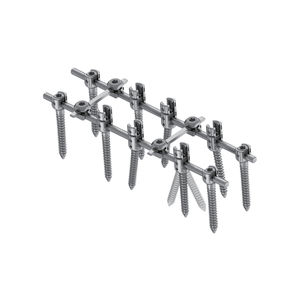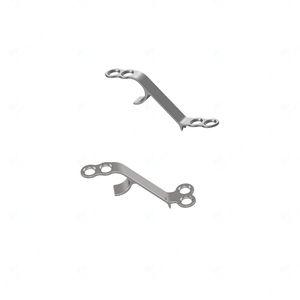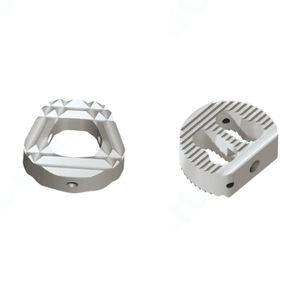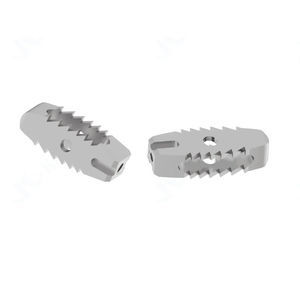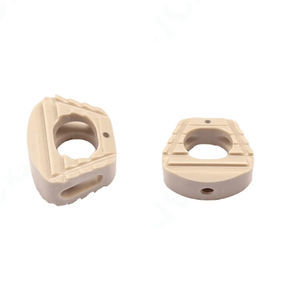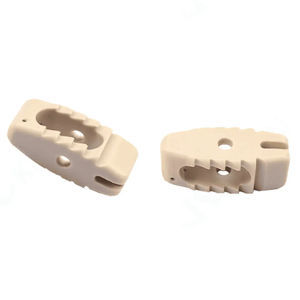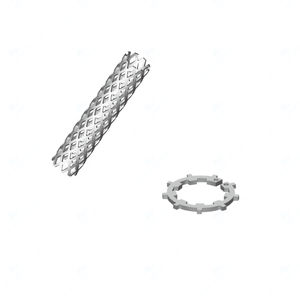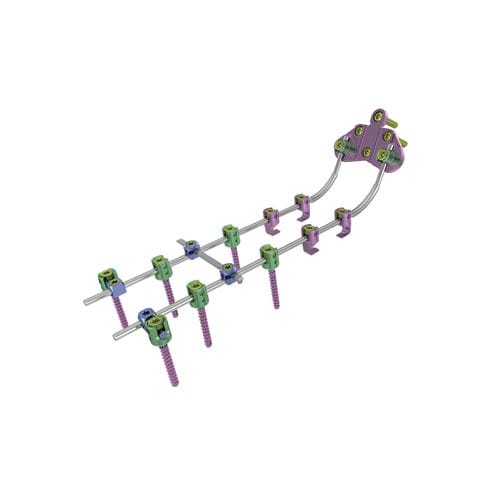
- Company
- Products
- Catalogs
- News & Trends
- Exhibitions
Occipito-cervico-thoracic osteosynthesis unit G-T64posterioradult

Add to favorites
Compare this product
fo_shop_gate_exact_title
Characteristics
- Spinal section
- occipito-cervico-thoracic
- Surgical approach
- posterior
- Patient type
- adult
Description
Usage: Fixation, Alignment, Targeting and Extension for posterior stabilization of the upper spine.
Indications:
- Traumatic spinal fractures and/or traumatic dislocations.
- Instability or deformity.
- Failed previous fusions (e.g. pseudarthrosis).
- Tumors involving the cervical spine.
- Degenerative disease, including intractable radiculopathy and/or myelopathy, neck and/or arm pain of discogenic origin as confirmed by radiographic studies, and degenerative disease of the facets with instability.
Features:
Screw head is chamfered. The max conical angle between the screw pair is 110° (55° on each side), more compatible with anatomical position.
Screw heads are easy to align along the rod, no critical requirement for rod shaping.
KCO-R Occipital Plate:
Directly connect the rod to fix the atlantooccipital joint.
Angle between the plate and connector is 130°
KCO 3.2 Rod:
Connected with 5.5mm or 6.0mm rods via KCO Domino Bolts
KCO Lateral Bolt:
Adjust screws that are not linearly aligned to expand path angle.
VIDEO
Catalogs
Related Searches
- KangLi bone plate
- KangLi compression plate
- KangLi metallic compression plate
- KangLi locking compression plate
- KangLi titanium compression plate
- KangLi distal compression plate
- Compression bone screw
- Metallic compression bone screw
- Interbody fusion cage
- Orthopedic surgery surgery set
- KangLi proximal compression plate
- Forearm compression plate
- Mid-shaft compression plate
- KangLi intramedullary nail
- Lateral compression plate
- General purpose compression bone screw
- Tibia compression plate
- Radius compression plate
- PEEK interbody fusion cage
- Humeral compression plate
*Prices are pre-tax. They exclude delivery charges and customs duties and do not include additional charges for installation or activation options. Prices are indicative only and may vary by country, with changes to the cost of raw materials and exchange rates.


